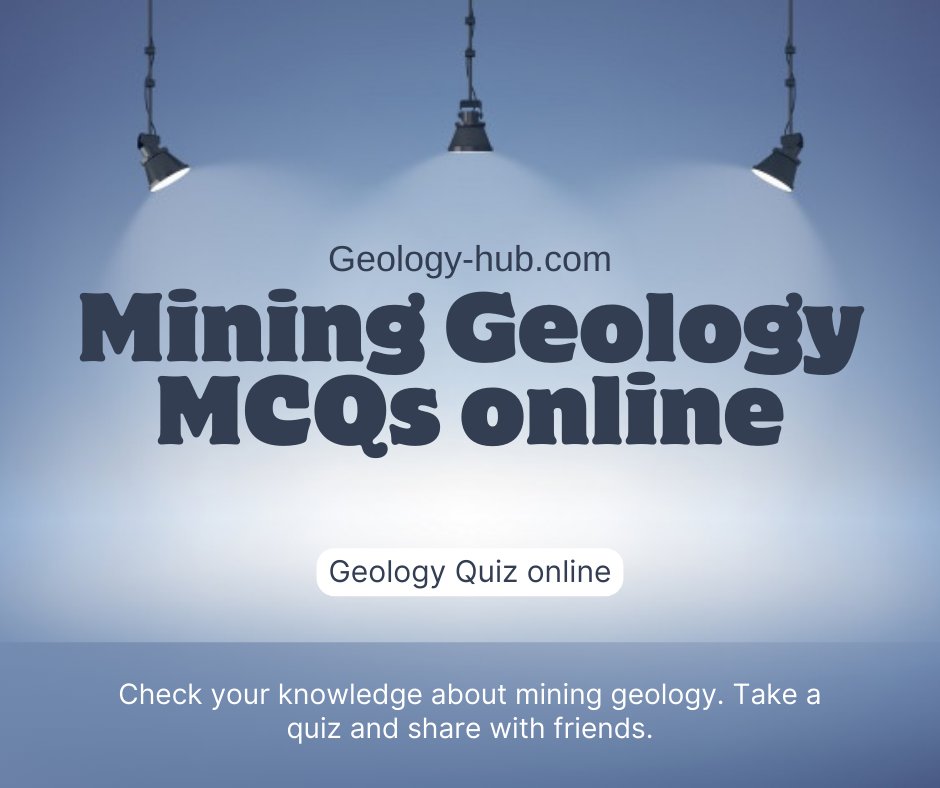Explore a comprehensive collection of Mining Geology Multiple Choice Questions (MCQs) for a thorough understanding of geological concepts in the mining industry. Test your knowledge and enhance your expertise with this curated set of questions, designed to cover key topics in mining geology. Perfect resource for students, professionals, and enthusiasts looking to sharpen their skills in geological exploration and mining practices.

#1. The branch of geology which deals with occurrence, origin and history of rocks is known as
#2. Stratification can be seen widely in which of the following rocks?
#3. Conical in shape with two slope
#4. Rocks behave as ____masses towards operating stresses.
#5. The rock-mineral insoluble in water is
#6. Factors not effecting weathering is
#7. The example of Igneous rock is a
#8. India is one of the chief producers of which of the following ores?
#9. Percentage of silica in acidic igneous rock is
#10. Cement is formed from which rock?
#11. Stratification can be seen widely in which of the following rocks?
#12. The Size of the Gravels in sedimentary rocks
#13. Example of chemically formed sedimentary rocks is
#14. Which is the dark coloured rock
#15. The angle of inclination of rock bed with the respect of horizontal plane



